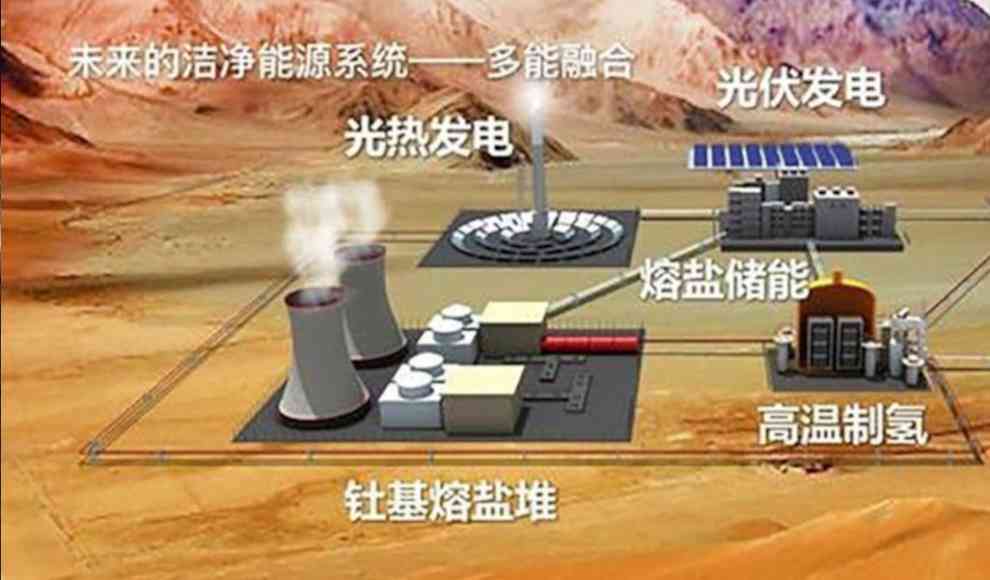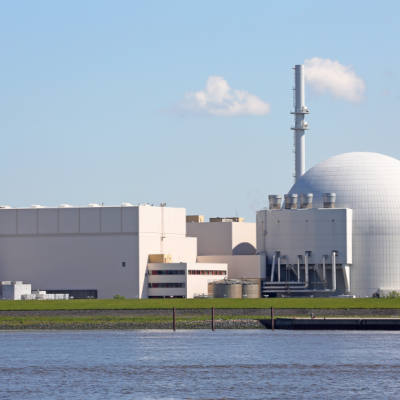China is set to begin testing the world’s first liquid salt reactor, which could play a key role in producing climate-neutral electricity in the future. The Shanghai Institute of Applied Physics has unveiled the design for the reactor, which will be built in the desert of Gansu province. Unlike conventional nuclear power plants, liquid salt reactors do not require uranium fuel rods, but are powered by liquid thorium, which increases safety in the event of a leak. The reactors are also small and highly flexible, making them more efficient, flexible, and cost-effective than traditional nuclear power plants.
China is currently the world’s largest emitter of greenhouse gases, but plans to become carbon-neutral by 2060 through a restructuring of its energy and industrial sectors. In addition to hydroelectric, wind, and solar power, the country plans to build more nuclear power plants, including liquid salt reactors. While other countries have been working on liquid salt reactors for decades, all projects have failed due to technical problems. However, China’s prototype reactor is already under construction and testing is set to begin soon.
According to the South China Morning Post, the liquid salt reactor does not require water as a coolant, making it suitable for construction in dry regions without access to a river for cooling. If successful, liquid salt reactors could play a key role in China’s transition to clean energy, with plans for more power plants in sparsely populated areas of western and central China. Experts believe that liquid salt reactors are far superior to traditional nuclear power plants in terms of efficiency, flexibility, and cost-effectiveness.










